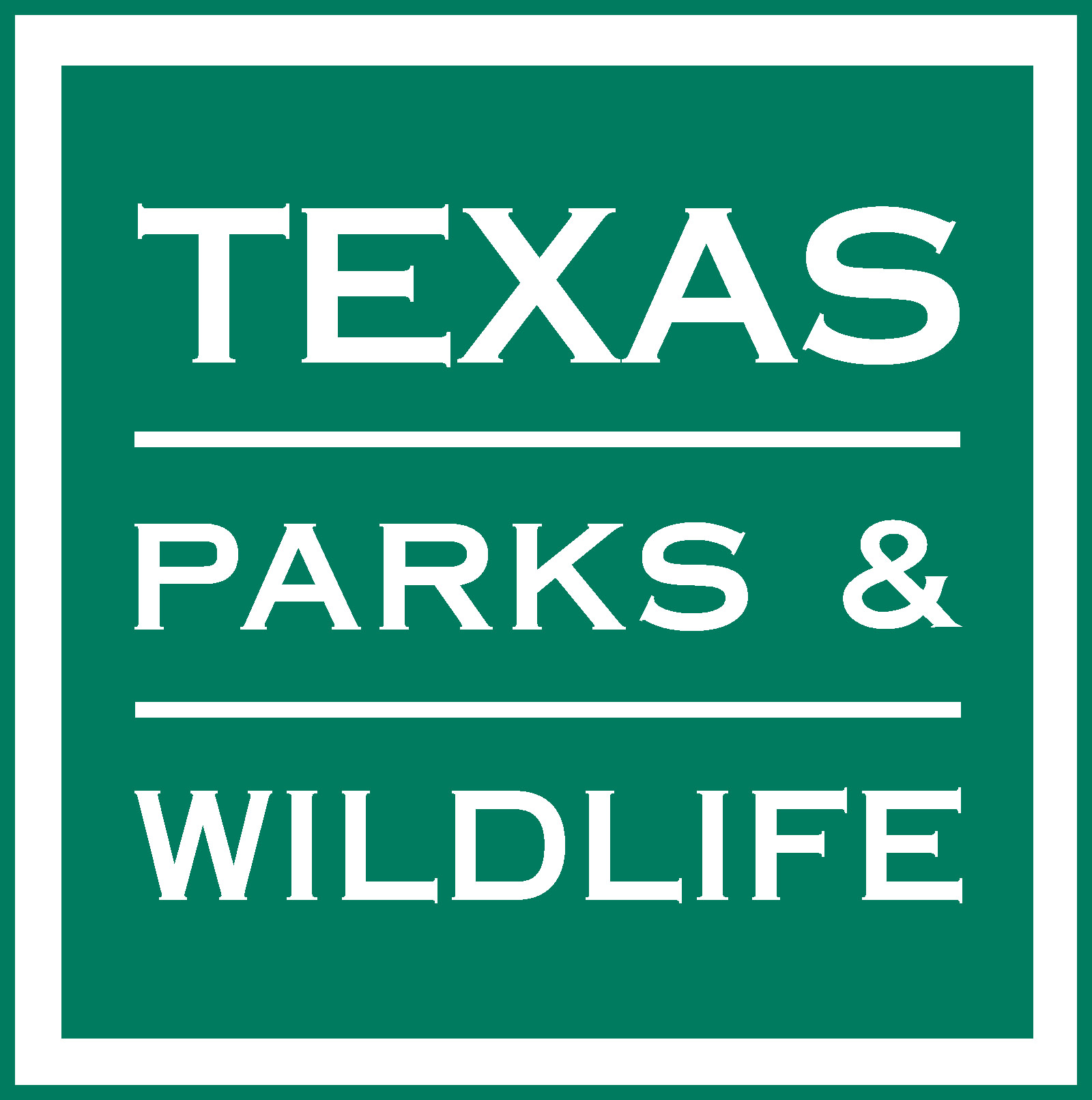Construction Starts on New State Park Near Weslaco
WESLACO, Texas — Views across the restored wetlands of the World Birding Center at Estero Llano Grande State Park will be a special treat for visitors here soon. Construction began July 28 on a new 2,800-square-foot visitor center, trails, an observation deck and other amenities. The new state park is one of three sites in the Lower Rio Grande Valley to be built and operated by Texas Parks and Wildlife Department as part of the World Birding Center regional complex of facilities. The state park is made up of 148 acres, with additional conservation and recreation acreage in adjacent federal property. A waterside observation deck offering glimpses of ducks, stilts and other water birds is a key feature of the new complex, said State Park Manager Martha Martinez. City, state and World Birding Center officials gathered July 28 to officially break ground on the long-awaited project, which promises to add yet another attraction to a community already known for its many natural assets. Restoring native habitat is a key element for all WBC sites, and park workers have planted 3,000 Montezuma bald cypress, sugar hackberry, Sabal palm and other native plants this year, with another 3,000 seedlings set to go in this fall around what was once a sorghum field and dry lake bed. Workers also have staked out miles of new trails, including portions that are wheelchair-accessible, to help future visitors explore. The site is expected to be open for the public in 2005. “This project is well worth the wait,” says Martha Noell, president and CEO of the Weslaco Chamber of Commerce and a member of the WBC Community Council. “Weslaco is very supportive of nature tourism, and this is a wonderful addition to our city. Our people know that, now and in the long run, nature tourism and this project in particular are going to be really good for our town, our economy and our quality of life.” Weslaco is one of nine communities united under the World Birding Center banner. A partnership between those communities and TPWD, the WBC aims to promote its unique network of birding attractions while also working to preserve and restore habitat and educate the public about the Valley’s natural assets. Weslaco’s wing of the WBC focuses on Estero Llano Grande and the unique water birds that call it home. The ribbon of lake is part of the Rio Grande floodway system, and it includes shallow wetland habitat created from former agricultural fields. Alligator Lake in the park’s primitive area, named for its distinctive shape as well as its lone scaly resident, has been refilled and will soon include a viewing platform. Park acreage includes a former 65-acre state wildlife management area already covered with typical thorn forest habitat, and it lies adjacent to a national wildlife refuge that will also be opened next year to the public via walking trails. Compatible properties around the park, including federal citrus orchards and a church camp, provide a buffer from urban activity. “Our focus here is a wetland park,” explained Martinez, who says the site features water birds not typically seen in South Texas thorny brush country or in wooded riparian areas along the Rio Grande. “The really neat thing is we’ve got a variety of aquatic habitats here, so we attract all different kinds of birds. We’re looking forward to providing new educational opportunities for visitors and school groups.” Wildlife experts agree the park enjoys a year-round “spectacle of birds.” Shorebirds, waders and waterfowl appreciate the foraging and resting habitat found here, and marsh species like bitterns, rails and songbirds use the wetland’s fringe vegetation. At the end of summer, when water levels are low and temperatures high around the Valley, the park regularly attracts thousands of birds, including the threatened Wood Stork. Several coastal species, such as the Roseate Spoonbill and White Ibis, add to the colorful display. Wooded portions of the park provide breeding habitat for an array of Valley species, including the Green Jay, Altamira Oriole, Vermilion Flycatcher, Olive Sparrow, Groove-billed Ani and Long-billed Thrasher. State lands that now are included in the park have long been managed for White-winged Dove nesting. Estero Llano Grande also boasts the WBC’s only regular presence of Red-crowned Parrots and Green Parakeets, which have colonized the Lower Rio Grande Valley from their range in northeastern Mexico. The new metal-roofed visitor’s center was designed by award-winning Lake/Flato Architects, with construction performed by SpawGlass Contractors. Visitors will approach along a raised boardwalk, shaded by a wood and steel arbor. The two-building complex, clad in clay block and cypress, will include classroom and office space, a well-stocked gift shop, and parking areas just off FM 1015 — all set off by native plantings designed to attract birds and butterflies. Special tanks will harvest rainwater to keep these plantings healthy and green. The covered observation deck, likewise crafted of sustainably harvested wood, will provide a tranquil spot for observation and reflection. Noell said Weslaco, which boasts three sites on the Great Texas Birding Trail, is thrilled to expand its menu of attractions for nature tourists. The new World Birding Center site at Estero Llano Grande will give visitors yet another reason to linger in what she calls “a real green spot in the Valley.” “We can keep people busy here for several days, with not just one site, but many,” says Noell. “From my point of view, it’s another reason for people to stay in Weslaco at our hotels and eat in our restaurants — because they have so much to do here.” For more information about Estero Llano Grande State Park and upcoming WBC activities, visit the WBC website (http://www.worldbirdingcenter.org/).


